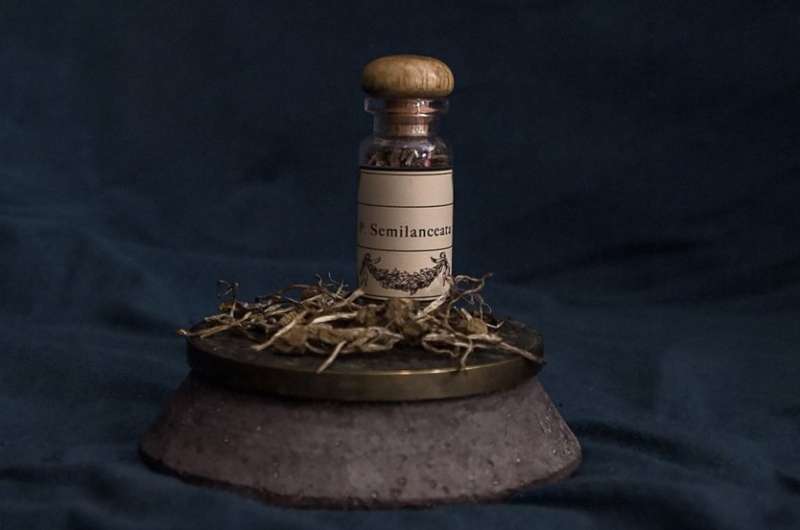
In the wake of mounting evidence for the efficacy of psychedelic-assisted therapies, the U.S. Food and Drug Administration (FDA) is considering approving psilocybin, the active ingredient in “magic mushrooms,” for treating depression in the near future. As this watershed moment approaches, a critical question arises: Just how many people might stand to benefit from this promising but still unproven therapy?
Shedding light on this high-stakes inquiry, a first-of-its-kind study led by researchers at Emory University, the University of Wisconsin-Madison and UC Berkeley. The study is published in Psychedelics and has generated initial estimates of the potential demand for psilocybin-assisted therapy for depression in the United States. The paper is titled “An Estimate of the Number of People with Clinical Depression Eligible for Psilocybin-Assisted Therapy in the United States.”
By analyzing national survey data on depression prevalence and treatment in conjunction with the eligibility criteria from recent landmark clinical trials, the researchers determined that between 56% and 62% of patients currently receiving treatment for depression—amounting to a staggering 5.1 to 5.6 million individuals—could qualify for psilocybin therapy if approved.
“Our findings suggest that if the FDA gives the green light, psilocybin-assisted therapy has the potential to help millions of Americans who suffer from depression,” said Syed Fayzan Rab, an Emory MD candidate and the study’s lead author. “This underscores the importance of understanding the practical realities of rolling out this novel treatment on a large scale.”
To arrive at their projections, the researchers first determined that of the nearly 15 million American adults with depression, about 9 million receive treatment in a given year. They then evaluated this population against various eligibility criteria used in recent clinical trials of psilocybin for depression.
Their analysis generated a range of estimates: a “lower-bound” of 24% of patients eligible if the strict criteria of initial trials were applied, a “mid-range” of 56% based on criteria likely to be used in real-world medical settings, and an “upper-bound” of 62% after accounting for patients with multiple exclusionary conditions.
Notably, nearly a third of the lower-bound to mid-range jump resulted from the inclusion of patients with alcohol and substance use disorders, for whom growing evidence suggests psilocybin may actually be beneficial rather than contraindicated. However, even the 62% upper-bound estimate is likely conservative, as the analysis focused only on currently treated individuals and did not account for the potential influx of new patients drawn by the appeal of psychedelic medicine.
The researchers caution that these projections are highly contingent on the precise FDA approval parameters and subsequent real-world implementation factors. Insurance coverage decisions, availability of trained practitioners, and regional variations in access could all considerably constrain the ultimate uptake of psilocybin therapy. Additionally, if approval encompasses off-label use for conditions beyond depression, demand could further surge in unpredictable ways.
“While our analysis is a crucial first step, we’ve only scratched the surface in understanding the true public health impact psilocybin therapy may have,” said Dr. Charles Raison, a collaborator on the study and the lead investigator on one of the largest clinical trials looking at the efficacy of psilocybin therapy for depression.
“Ultimately, the realizable potential of this treatment rests in the hands of regulatory bodies, policymakers, insurers, and the health care community at large. It’s our hope that these findings spur productive discussions and proactive preparations to optimize the benefit to patients while minimizing unintended consequences.”
As the psychedelic renaissance continues to gather momentum, this study provides a vital glimpse into the promise and challenges that may lie ahead. With millions of lives potentially in the balance, it underscores the urgency of further research to refine demand estimates and inform equitable, effective delivery of psilocybin therapy should it gain approval.
More information:
An Estimate of the Number of People with Clinical Depression Eligible for Psilocybin-Assisted Therapy in the United States, Psychedelics (2024). pp.genomicpress.com/wp-content … /PP0025-Rab-2024.pdf
Provided by
Genomic Press
Citation:
Millions of depressed Americans could benefit from psychedelic therapy, study finds (2024, September 13)
retrieved 13 September 2024
from https://medicalxpress.com/news/2024-09-millions-depressed-americans-benefit-psychedelic.html
This document is subject to copyright. Apart from any fair dealing for the purpose of private study or research, no
part may be reproduced without the written permission. The content is provided for information purposes only.


